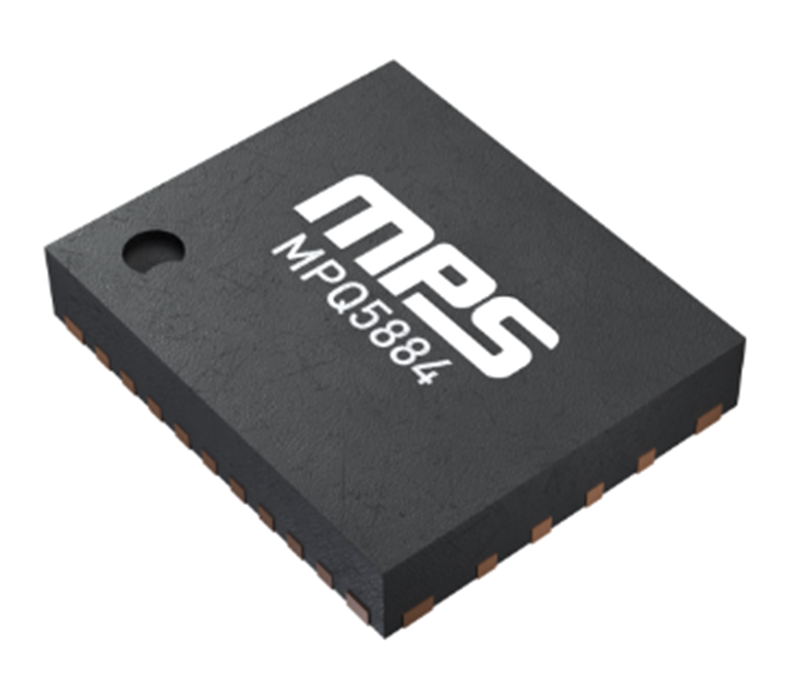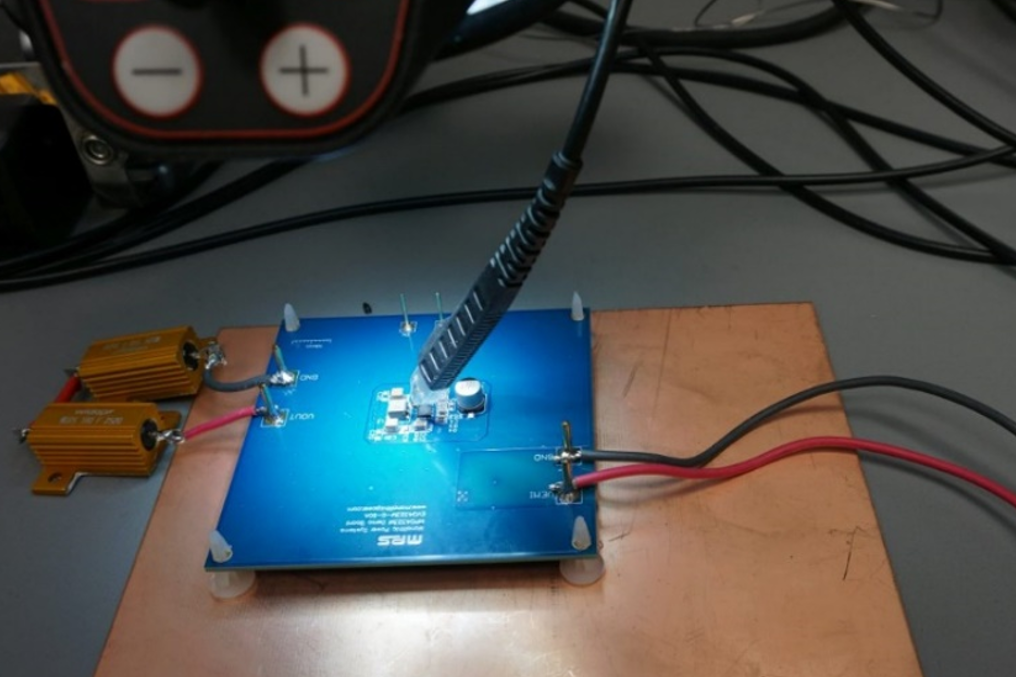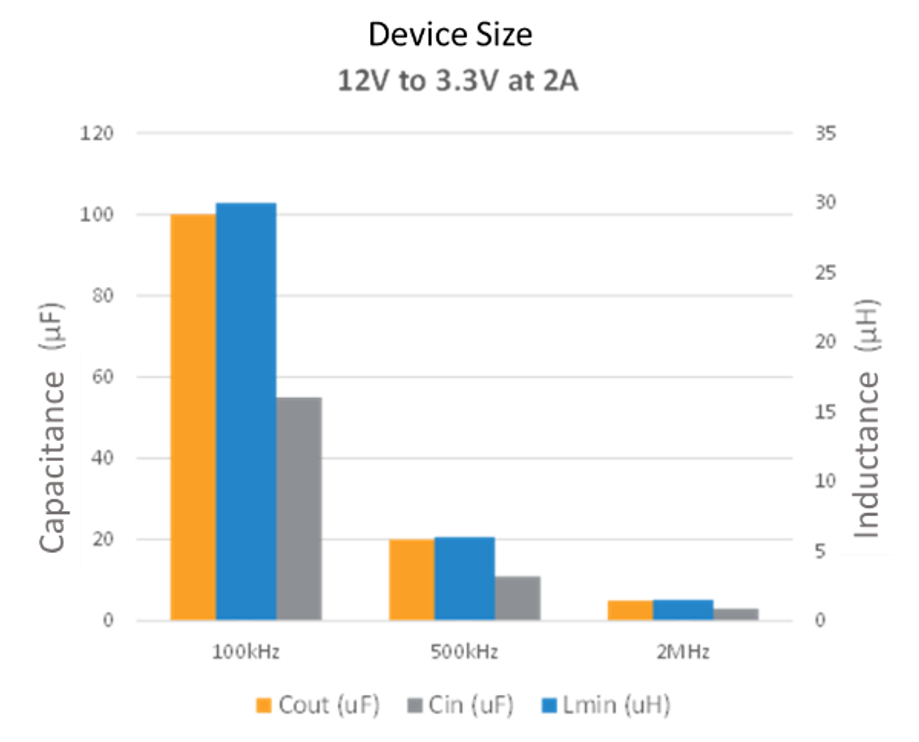Introduction to Challenges in Automotive Power Electronics
Overview of Common Challenges
The rapid transition towards electrification and the integration of sophisticated electronics in the automotive industry bring forth various challenges within the domain of automotive power electronics. Among the most prominent challenges are:
Thermal Management: The necessity for efficient dissipation of generated heat becomes paramount as electronic components become more compact and operate at higher powers. This aspect is critical for performance as well as the longevity and safety of the components.
Electromagnetic Compatibility (EMC): Modern vehicles comprise a complex fusion of numerous electronic systems. The capability for these systems to coexist without electromagnetic interference is imperative for both functionality and safety.
Component Miniaturization: In automotive applications where space is limited, there's an ongoing effort to minimize the size of electronic components. Yet, the process of miniaturization brings forth its own array of challenges, encompassing heat concentration and the risk of potential interference.
System Reliability: In light of the critical safety role played by numerous automotive electronic systems, such as ADAS, maintaining high reliability, even in adverse conditions, is an essential prerequisite.
Cost-Effectiveness: Navigating the challenge of reconciling escalating system complexity with budgetary limitations is particularly daunting, especially in endeavors to democratize advanced vehicles for a wide consumer demographic.
Importance of Addressing Challenges
Improving automotive power electronics goes beyond simply boosting performance; it is intricately linked with the overarching objectives of the automotive sector:
Safety: Ensuring the reliable and interference-free operation of power electronic systems is paramount to safeguarding the safety of passengers, pedestrians, and fellow road users.
Performance: The efficiency, range, and capabilities of a vehicle, particularly electric vehicles (EVs), can be substantially enhanced through effective power management and electronics.
Longevity: By tackling obstacles such as thermal management, the lifespan of automotive components can be significantly prolonged, thereby diminishing the necessity for replacements and repairs.
Consumer Trust: Building trust in the underlying electronics is essential for consumers to adopt newer automotive technologies, particularly autonomous systems. This trust is nurtured by directly confronting challenges.
With the increasing dependence of vehicles on advanced electronic systems, tackling the inherent challenges of automotive power electronics isn't merely advantageous; it's imperative. In this section, we will explore specific challenges in greater detail and showcase case studies that illuminate both the issues at hand and the innovative solutions devised to address them.
Case Study 1: Overcoming Thermal Management Issues in High-Power Systems
Introduction and Background
As the demand for electric vehicles (EVs) continues to surge and modern cars increasingly integrate advanced electronic systems, the necessity for efficient high-power electronic systems has become indispensable. While delivering exceptional performance, these systems frequently operate at elevated power densities. Consequently, substantial heat generation ensues, rendering thermal management one of the foremost challenges confronting automotive engineers today.
Thermal Management Challenges
The complexities of heat management in high-power systems are manifold:
Localized Hotspots: Power transistors, busbars, capacitors, and inductors are prone to creating localized hotspots on printed circuit boards. Such hotspots not only impair the performance and longevity of these components but also affect the surrounding components adversely.
Space Constraints: In vehicles, especially electric vehicles (EVs) where battery space is scarce, there is limited room available for traditional cooling solutions.
Variability in Operating Conditions: Vehicles must maintain efficient operation across a broad spectrum of ambient temperatures, ranging from the cold of winter to the sweltering heat of summer, thereby exacerbating thermal challenges.
Safety Concerns: Overheating can precipitate component failures, which, in extreme cases, may engender safety hazards such as fires.
Implemented Solutions and Technologies
To address these challenges, engineers and researchers have explored and implemented numerous innovative solutions:
Advanced Materials: Incorporating materials with superior thermal conductivity, like graphene and some ceramic compounds, facilitates the efficient spreading and dissipation of heat.
Liquid Cooling Systems: Incorporating liquid coolants, renowned for their superior heat absorption and transport efficiency compared to air, has gained popularity as a solution in numerous high-power EV systems.
Smart Control Systems: In modern vehicles, sensors and control systems are commonly integrated to dynamically adjust component operation according to real-time temperature readings, thereby guaranteeing that components remain within safe thermal limits.
Results and Lessons Learned
Manufacturers and suppliers are at the forefront of pioneering innovative technologies and methodologies when it comes to tackling thermal management challenges in high-power systems, especially within electric vehicles (EVs). The focus of these advancements is to prolong the lifespan of components, bolster thermal efficiency, and elevate overall vehicle performance.
Notably with its Superbottle concept found in the Model 3, Tesla has been a forerunner in innovative thermal management solutions. The utilization of a single, centralized unit enables this integrated thermal management system to effectively regulate the cooling of both the battery and the power electronics, resulting in a substantial improvement in efficiency and a reduction in complexity. Tesla's current research and development efforts are centered on advancing these systems to achieve further optimization of thermal performance across all operating conditions.
To investigate advanced phase-change materials (PCMs) for thermal management within its electric powertrains, BMW collaborates with Valeo. During phase transitions, these materials absorb or release heat, effectively regulating optimal operating temperatures for batteries and electronics. Not only does this technology promise to improve thermal efficiency, but it also offers the potential for weight reduction and increased vehicle range.
Through its research arm, General Motors is actively developing advanced cooling technologies, including immersion cooling systems for electric vehicle (EV) batteries. Submerging battery cells in a non-conductive cooling fluid is the essence of this technique, enabling a more uniform temperature distribution and improved heat dissipation. Expectedly, this approach will notably boost the performance and safety of electric vehicle (EV) batteries, especially in high-demand scenarios.
Implementing integrated thermal management systems, Audi utilizes waste heat recovery from the drivetrain to warm the battery during cold conditions, thereby enhancing efficiency and range. Demonstrating a holistic approach to thermal management, this system leverages existing thermal energy sources within the vehicle to optimize performance.
Case Study 2: Ensuring Electromagnetic Compatibility (EMC) in Automotive Systems
Introduction and Background
In the automotive realm, electromagnetic compatibility (EMC) plays a pivotal role, ensuring that electronic devices within vehicles operate without interference from each other and the surrounding environment. With cars integrating more electronic systems, ranging from infotainment to advanced driver-assistance systems (ADAS), the task of maintaining electromagnetic compatibility (EMC) becomes both more complex and essential.
During start-up, the cranking of the engine in internal combustion engine cars represents the most aggressive source of electromagnetic noise. New electrification challenges of high-power electric traction systems are introduced with electric vehicles. The high-voltage battery's DC bus is switched at higher frequencies to produce variable AC voltage for the e-Machine, facilitating traction. Additionally, switched-mode converters further down-convert the bus to 12 or 24V for auxiliary equipment and to charge the low-voltage battery.
In the past, prevailing IGBTs were utilized for the switching operation at low frequencies to minimize switching losses. However, newer wide bandgap transistors, such as Silicon Carbide (SiC) switches, are now being introduced. These switches can operate at much higher frequencies and offer better efficiency. Reducing the size of other passive components, such as magnetics and capacitors, results in decreased cost and weight. Yet, electromagnetic interference (EMI) at these elevated frequencies presents new challenges that must be addressed.
EMC Challenges in Automotive Electronics
Unique EMC challenges are presented by the automotive electronics landscapes:
High Density of Electronic Systems: The proximity of numerous electronic systems within modern vehicles heightens the risk of electromagnetic interference (EMI) between devices.
External Interferences: In the environments where vehicles operate, potential sources of electromagnetic interference (EMI) abound, including cell towers, other vehicles, and even high-voltage power lines.
Safety-Critical Systems: Interfering with systems such as ADAS, braking, and steering can lead to severe safety implications.
Varied Signal Frequencies: Operating across a broad frequency range, automotive systems require a comprehensive electromagnetic compatibility (EMC) strategy.
Results and Lessons Learned
The susceptibility of numerous systems within cars to electrical interference, stemming from both internal and external sources, is apparent. Reported incidents include cases where airbags unexpectedly deployed due to RF transmissions from emergency vehicles. Likewise, instances have occurred where engine management systems and cruise control responded to electromagnetic interference by triggering sudden acceleration.
There has been another documented occurrence where certain cell phones inadvertently triggered the airbag deployment circuit when placed near the steering wheel. This happened when they were exposed to radio frequency (RF) fields exceeding 1.8GHz and well over 100V/m. Although automotive electromagnetic compatibility (EMC) testing typically concentrates on frequencies up to 1GHz and 24V/m, incidents at higher frequencies and intensities have been noted. In addition, security researchers have exposed vulnerabilities in renowned electric cars, illustrating the capability for remote manipulation of essential systems such as brakes.
The emphasis on EMC in automotive design has resulted in significant successes:
Reliable Operation: Guaranteeing the consistent performance of their numerous electronic systems, modern vehicles demonstrate impressive resilience to EMI.
Safety Assurance: The automotive industry has effectively reduced potential risks linked to electronic malfunctions through prioritizing EMC in safety-critical systems.
Inter-System Harmony: The integration of entertainment, comfort, and safety features in a vehicle becomes seamlessly achievable when its electronic systems coexist without mutual interference, thanks to proper electromagnetic compatibility (EMC) design.
Given the ongoing evolution of vehicles and the increasing integration of electronic systems, particularly due to the drive toward autonomy, industry must remain vigilant. Ensuring electromagnetic compatibility (EMC) in the intricate electronic ecosystems of future vehicles necessitates continuous research, testing, and innovation.







直接登录
创建新帐号